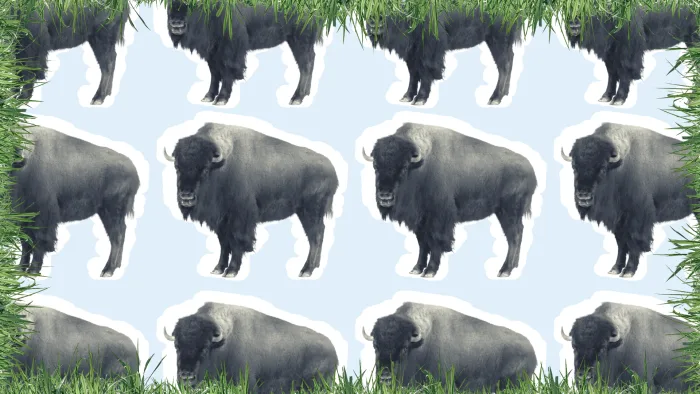
Reintroducing bison to grasslands increases plant diversity, drought resistance
Bison have a huge impact on plant health, the paper finds.
Reintroducing bison to grasslands can double plant diversity and make vegetation more drought resistant, according to a recent study that looked at more than 30 years of data in the Great Plains Flint Hills region – which spans eastern Kansas and north-central Oklahoma.
Bison are grazers – and as they move around their habitat, they disperse plant seeds. Increasing plant diversity has numerous benefits - it can make vegetation more disease resistant, provide more food and habitat opportunities for other grassland insects and animals, and it helps to keep the soil healthy.
Reintroducing bison to grasslands increased native plant species richness by 10 per cent at local scales, representing the biggest recorded increase in species richness due to grassland grazing in the world, the paper says.
And those plants could withstand one of the worst droughts in 40 years - which occured during the study period.
"The resilience we found in the bison grasslands is also consistent with the idea that diversity promotes ecological resilience," Zak Ratajczak, assistant professor of biology and lead researcher said in a statement.
"And this resilience will only become more important if our climate becomes more extreme."
Bison were once a prominent fixture on North American grasslands – but overhunting and environmental factors caused their population to plummet by more than 99 per cent but "this removal of bison occurred before quantitative records, and therefore, the effects of their removal are largely unknown," Ratajczak said.
The study appears in the journal Proceedings of the National Academy of Science.






